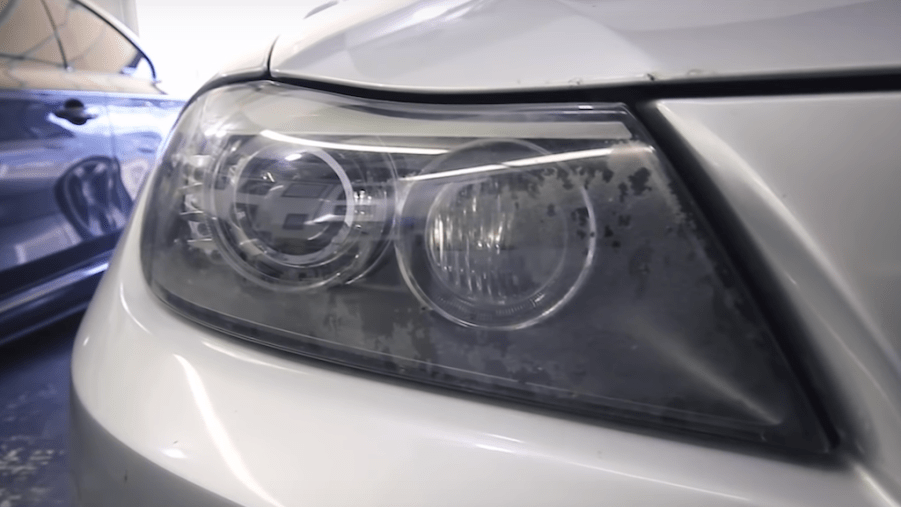
What to Do If Your Car Headlights Are Filling With Water
Many drivers have experienced the frustration of seeing their vehicle’s headlights fog with condensation. Not only can the moisture diminish the light your headlights provide, but it can also corrode your assembly over time. So, why have your headlights started fogging up? And what can you do about it?
What causes car headlights to fill with water?
Headlights generate heat when in use. They need proper ventilation to prevent condensation from gathering within the unit, especially when the vehicle isn’t in use. If the outer lens cools down faster than the air inside the headlight unit, condensation can form. This is why you may see fog in your headlights first thing in the morning after parking your car overnight.
Most headlight housings have vents at the bottom and top to manage the difference in pressure. Otherwise, the unit will eventually crack and break down. The culprit could be bad headlight seals or a crack in the headlight’s housing. Either scenario would allow moisture to seep into the assembly and cause fogging and possibly other issues.
Some vehicles have headlight units that don’t vent well. Another contributing factor could be where your car is parked. If it’s kept in cool underground parking structures or damp, shady areas, this can cause the condensation.
What can be done the condensation?
Starting the car and turning on the headlights can create enough heat to evaporate the moisture. As the day continues and temperatures rise, the condensation may dry up. Going for a drive can clear it up; this allows air to flow through the vents in the unit, the same way as a defroster dries your windshield.
Checking the unit vents for blockages is a good idea if your headlights are fogging. Make sure the vents are clear of debris, insects, and any other matter that could block the airflow. Some people even blow canned, compressed air through the vents to clean them thoroughly.
If there appears to be quite a lot of water in your headlight assembly, try removing the housing and drying it manually. Dump out the water and wipe the housing with standard rubbing alcohol. Clean it, and repeat the process. Allow everything to dry in the sun or in a warm area. Check the vents to make sure they are clean and clear.
When to replace your headlights
Is condensation in your headlights a continuous problem? Maybe you’ve noticed water collecting in the assembly after it rains. This could indicate a faulty rubber gasket or a crack in the headlight. Gaskets can often be easily replaced individually. If there’s a crack in the housing, unfortunately, you’ll likely have to replace the entire unit.
If you’ve tried everything and still see lots of water filling your headlights, it’s time to consider restoring your headlights. The headlights are a vital part of your vehicle, guiding you safely at night and in certain inclement weather conditions.
If you find cracks or other damage to the housing, the situation is only going to worsen over time. Plus, the longer the moisture sits in the headlights, the greater the chance it will infiltrate the headlight itself. And that damage could lead to a larger repair bill.
It also may be time to replace your headlights if the housing is dingy, cloudy, or hazy. The protective coating breaks down over time through exposure to the elements and UV rays. This will make the housing become dingy and impact how well the headlights work when you need them. Chemicals and dirt can also cause damage and give the headlights a foggy appearance.
When you can’t see as well while driving and you’re relying on the high beams more, it’s worth considering a replacement. Decreased visibility can endanger you and your passengers.
Finally, if you plan to sell your vehicle soon, restoring the headlights can help you get a better price. Whether you restore them for yourself or because you plan to sell the vehicle, it can greatly improve its appearance.


